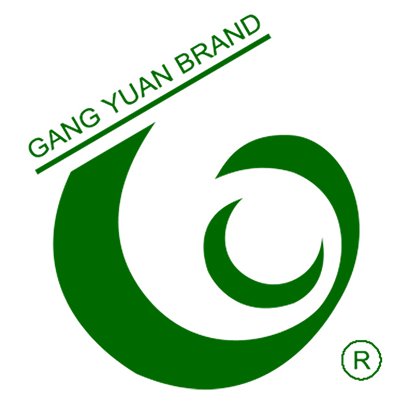Experience the Versatility of Masking Tape for Various DIY Projects
Experience the Versatility of Masking Tape for Various DIY Projects
Masking tape is a common and inexpensive tool that every DIY enthusiast should have in their arsenal. With its adhesive properties and easy-to-tear design, masking tape can be used in a variety of creative and practical ways. From home renovations to craft projects, the versatility of masking tape is unmatched. In this article, we will explore the different ways you can use masking tape to enhance your DIY projects.
1. Marking and Measuring
One of the most basic yet essential uses of masking tape is for marking and measuring. Whether you are painting a wall, hanging a picture frame, or installing shelves, masking tape can serve as a helpful guide. Use the tape to mark the exact spot where you want to place your object and then measure the distance from other objects or the floor or ceiling.
For instance, when painting a room, you can use masking tape to create clean, straight lines along the edges of baseboards, trims, and ceilings. This ensures that your paint job looks professional and neat. Additionally, you can use masking tape to measure and align multiple picture frames on a wall, ensuring that they are evenly spaced and at the desired height.
2. Painting Techniques
Masking tape is a versatile tool when it comes to painting. It allows you to create unique patterns, sharp edges, and protect surfaces from unwanted paint drips or splatters. Whether you are working on a canvas or repainting a piece of furniture, the possibilities are endless.
To create crisp lines or geometric patterns on a canvas, apply masking tape in the desired shape or design. Then, using different paint colors, fill in the exposed areas. Once the paint is dry, carefully remove the tape to reveal your custom artwork.
In furniture refinishing, masking tape can be used to protect certain areas from paint. For example, if you are repainting a chair with multiple components, you can use masking tape to cover the parts you want to preserve. This ensures that paint only goes where you want it to, saving you time and effort in the long run.
3. Decorative Crafts
Masking tape is a fantastic tool for creating unique and stylish decorative crafts. Its versatility and ease of use make it perfect for a wide range of craft projects, such as creating custom wall designs, unique gift wraps, or even temporary art installations.
If you are looking to transform a plain wall into an eye-catching feature, masking tape can be used to create geometric designs, stripes, or even a faux headboard. Simply apply the tape to the wall in the desired pattern, paint over it, and peel off the tape once the paint is dry. The result is a stunning feature that adds character and personality to any room.
When it comes to gift wrapping, masking tape can add that special touch. Instead of using regular tape, try using decorative masking tape with patterns or colors that match the occasion. This simple swap instantly elevates your gift presentation, making it stand out amongst the rest.
4. Temporary Fixes and Repairs
Masking tape is also handy for temporary fixes and repairs around the house. Whether you need to hold something together or protect a fragile item, masking tape can provide a quick and reliable solution.
For example, if a handle on a kitchen cabinet comes loose, you can secure it temporarily with masking tape until you have time for a more permanent fix. Similarly, if a picture frame has a broken glass pane, you can use masking tape to hold the pieces together until you can replace the glass.
Masking tape can also be used to protect delicate surfaces. When moving furniture, apply masking tape to the bottom of chair legs or table corners to prevent scratching hardwood floors. Additionally, if you are painting a room and don't want to accidentally smudge a switch or outlet, masking tape can be applied around them as a protective barrier.
5. Organizational and Labeling Tool
Last but not least, masking tape can help you stay organized and keep track of things. Its adhesive nature makes it an ideal labeling tool for various storage containers, cords, or even keys.
In your workshop or garage, masking tape can be used to label boxes or bins, making it easier to find and retrieve specific items when needed. By simply tearing off a strip of tape and using a marker, you can create custom labels for different categories of tools or supplies.
Similarly, in your kitchen pantry or refrigerator, masking tape can be used to label leftovers or food items with expiration dates. This way, you can easily identify what needs to be consumed first, reducing food waste in the process.
In conclusion, masking tape is a versatile and practical tool that can elevate your DIY projects to a new level. From marking and measuring to creating unique designs and temporary fixes, the possibilities are endless. So, the next time you embark on a DIY adventure, don't forget to keep a roll of masking tape on hand. It will undoubtedly become your go-to tool for all your creative and practical needs.







